For those who prefer a more detailed and accurate presentation when listening to music.
It happens all the time. Whenever you play an old, familiar tune through a pair of quality headphones (or earphones), you almost always go:
“I didn’t know there was a (insert instrument) on this song!”
A good pair of headphones reveals plenty of details that would seem indiscernible when played on low-quality speakers or headphones.
But did you know that there’s a particular type of headphones that takes things up a notch when it comes to reproducing sound accurately?
Enter: Monitor headphones.
What Are Monitor Headphones?
Also known as studio headphones, these headphones are made to reproduce sound that is as close to the original recording
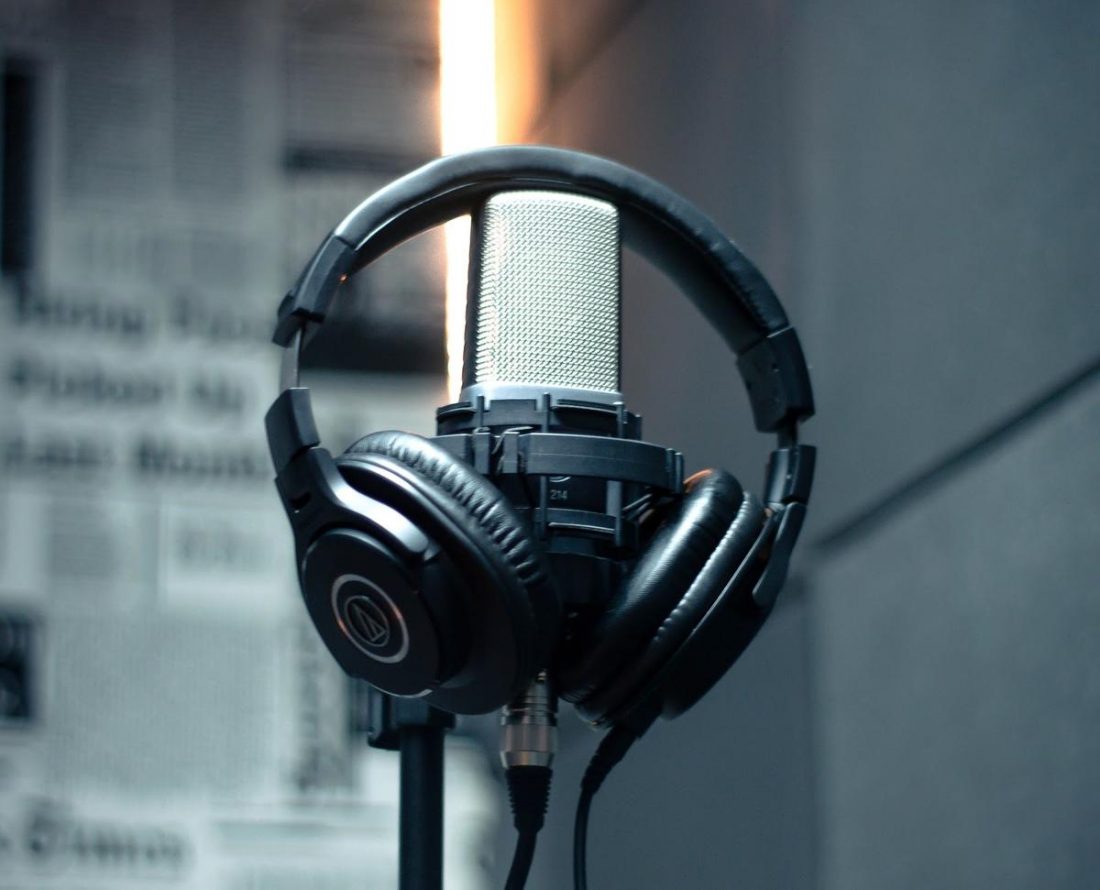
Monitor headphones are mainly used for the following:
Monitoring While Recording
“Monitoring” is a term used in audio production that refers to listening and analyzing the musical and technical aspects of the sound being created.
To perform this effectively, the headphones should be able to reproduce the sounds as accurately as possible. It should be able to pick up and distinguish each instrument clearly so appropriate adjustments in the sound levels can be made if needed.
Mixing Audio
A monitor headphones’ neutral frequency response (more on this later) is perfect for mixing audio since it exhibits minimal emphasis or de-emphasis on certain frequencies. This is crucial as it allows the user to clearly hear the bass, mids, and highs without any “coloration” (boosting or reduction).
With a neutral sound, users can freely and accurately manipulate the audio frequencies in their digital audio workstations (DAWs).
How Are Monitor Headphones Different From Regular Headphones?
Four key factors set monitor headphones apart from its commercial-grade counterparts. Let’s take a closer look at each one.
- Monitor Headphones Have a Wide and Flat Frequency Response
- Monitor Headphones Have No Boosted Bass
- Monitor Headphones Are Usually More Comfortable to Wear
- Monitor Headphones Are Quite Robust
Monitor Headphones Have a Wide and Flat Frequency Response
Frequency response refers to the range of bass, mids, and treble. Most headphones feature a 20 to 20,000 Hz frequency response, which is the standard audible frequency range that humans can hear. The first number (20) refers to the deepest bass frequency while the second number (20,000) is the highest frequency (treble range) that the headphones can reproduce.
Having a wide frequency response means monitor headphones are capable of reproducing frequencies within (and sometimes even beyond) the standard 20 – 20,000 Hz range.
As a general rule, the wider the frequency range, the better listening experience as it allows the headphones to:
a) reproduce frequencies that were used in the actual recording
b) emit deeper bass and clearer highs.
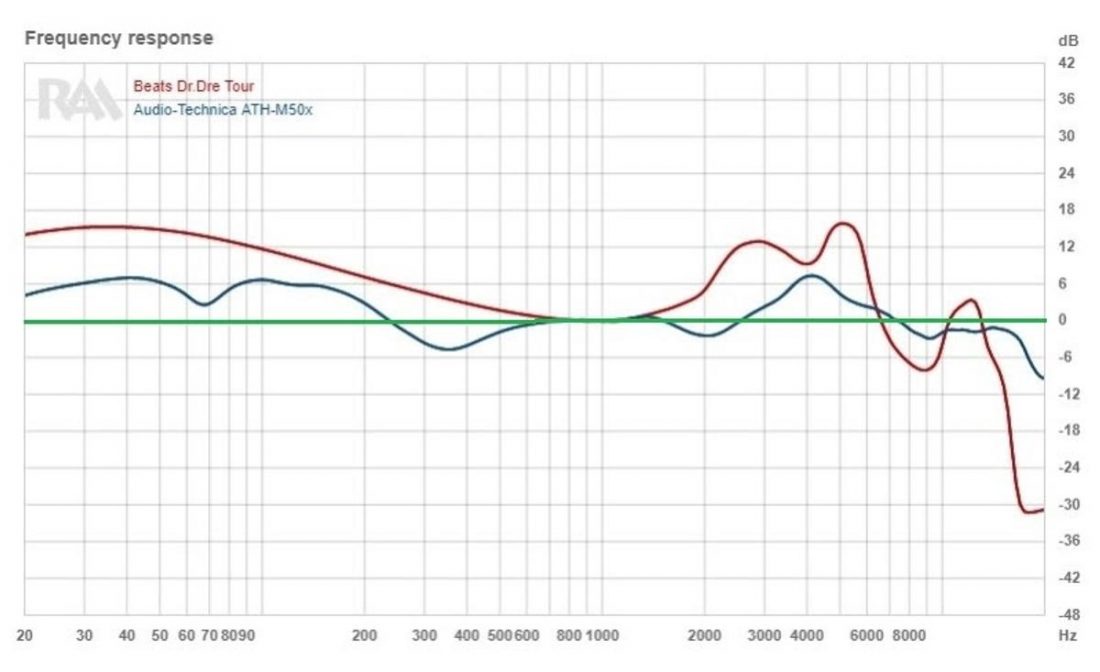
To explain this better, here’s a graph showing the frequency response of monitor headphones vs regular headphones. In this example, we’ve pitted the bass-heavy Dr. Dre Tour headphones with the Audio Technica ATH-M50x studio monitor headphones.
If you’ll notice, the red line (Beats by Dre) is significantly elevated from the zero dB mark (green line) at the low frequencies (bass) then drops off at around the 600Hz to 1500Hz (mid-range) mark before it starts climbing up again in the 2000Hz to 6000Hz range (highs). This parallels the popular U-shaped frequency response in commercial-grade headphones that highlights both the bass and treble.
In comparison, the ATH M50x (blue line) follows a more neutral frequency response as the graph indicates relatively minor peaks and lows in relation to the zero dB mark.
Monitor Headphones Have No Boosted Bass
To the average listener, hearing ample amounts of bass from their headphones is key to an enjoyable listening experience. In fact, some even use it as a metric in deciding whether a pair of headphones is good or not.
That’s the reason why a good number of commercial-grade headphones today are equipped with a “bass boost” feature. Most people like bass and simply prefer having plenty of it in their music.
If you’re listening to a song that features lots of instruments and you turn on the bass-boost feature on your headphones, you won’t hear those instruments as clearly (or won’t even hear them at all) since the heightened bass frequencies will tower over the rest of the spectrum.
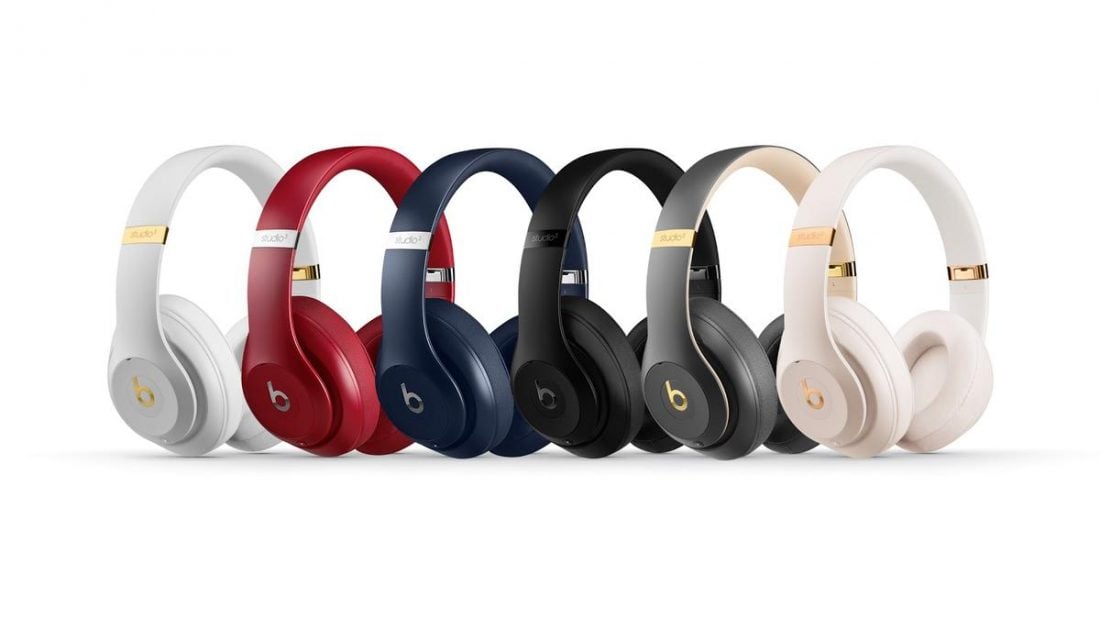
For example, the popular Beats by Dre headphones are known for its boomy and punchy bass. Each song you’ll listen to will sound bassy, simply because it was engineered and built with the goal of emphasizing its bass output (which is the preferred sound signature for most people).
It’s a completely different experience with monitor headphones. Since it was built for the main purpose of accurately reproducing sound, you’ll only hear that thud-thumping bass if it was recorded exactly that way. And even if it was, you’ll likely notice that the bass lacks punch if you do a side-by-side comparison with a pair of (bassy) consumer-grade headphones.
Monitor headphones are balanced across all frequencies (lows, mids, highs). This translates to a more accurate listening experience since no part of the sound spectrum is elevated. You’ll hear details you’d otherwise miss if you’re using bass-boosted headphones.
Monitor Headphones Are Usually More Comfortable to Wear
As mentioned earlier, monitor headphones are created mainly for studio use for sound professionals, musicians, and artists. If you’ve ever watched documentaries or videos of them recording music, you know that recording and mixing music generally takes a long time.
That’s why monitor headphones’ manufacturers put a premium on comfort when designing their products. A pair of studio monitor headphones should be comfortable enough to be worn for long stretches of hours. Those fancy-looking Beats may bring home the “Best in Style” award but monitor headphones usually have them beat in the “Most Comfortable” category.

Monitor Headphones Are Quite Robust
These things are built-to-last. Professional-grade headphones manufacturers understand that these will mainly be used in a studio setting or live concerts which means it will get used (and passed around) a lot by various people.
To withstand wear and tear, they come equipped with stronger and more durable materials. Even the cables are thicker and longer than usual as it’s meant to resist all sorts of tugging, pulling, and tangles. As a trade-off for its tank-like built, however, they are heavier and bulkier than their consumer-grade siblings.
Are Monitor Headphones Suitable for General Music Listening?
For the average casual listener, the answer is No.
And here’s why:
Most people prefer the popular V-shaped graph response (elevated highs and lows) found in commercial-grade headphones. It’s what makes it more “fun” to listen to since this boosts the bass and elevates the high frequencies for a “sparkly” treble.
Monitor headphones, on the other hand, feature a flat graph response (balanced) which results in a neutral-sounding output. You’ll notice everything sounds “flat” even when listening to dance or R&B tracks (especially if you’re used to ample amounts of bass).
However, that doesn’t mean that you won’t enjoy listening to music using monitor headphones. If you’re all for clarity and honest-reproduction of music, you’ll appreciate what monitor headphones have to offer. If this is the case, then the answer is Yes.
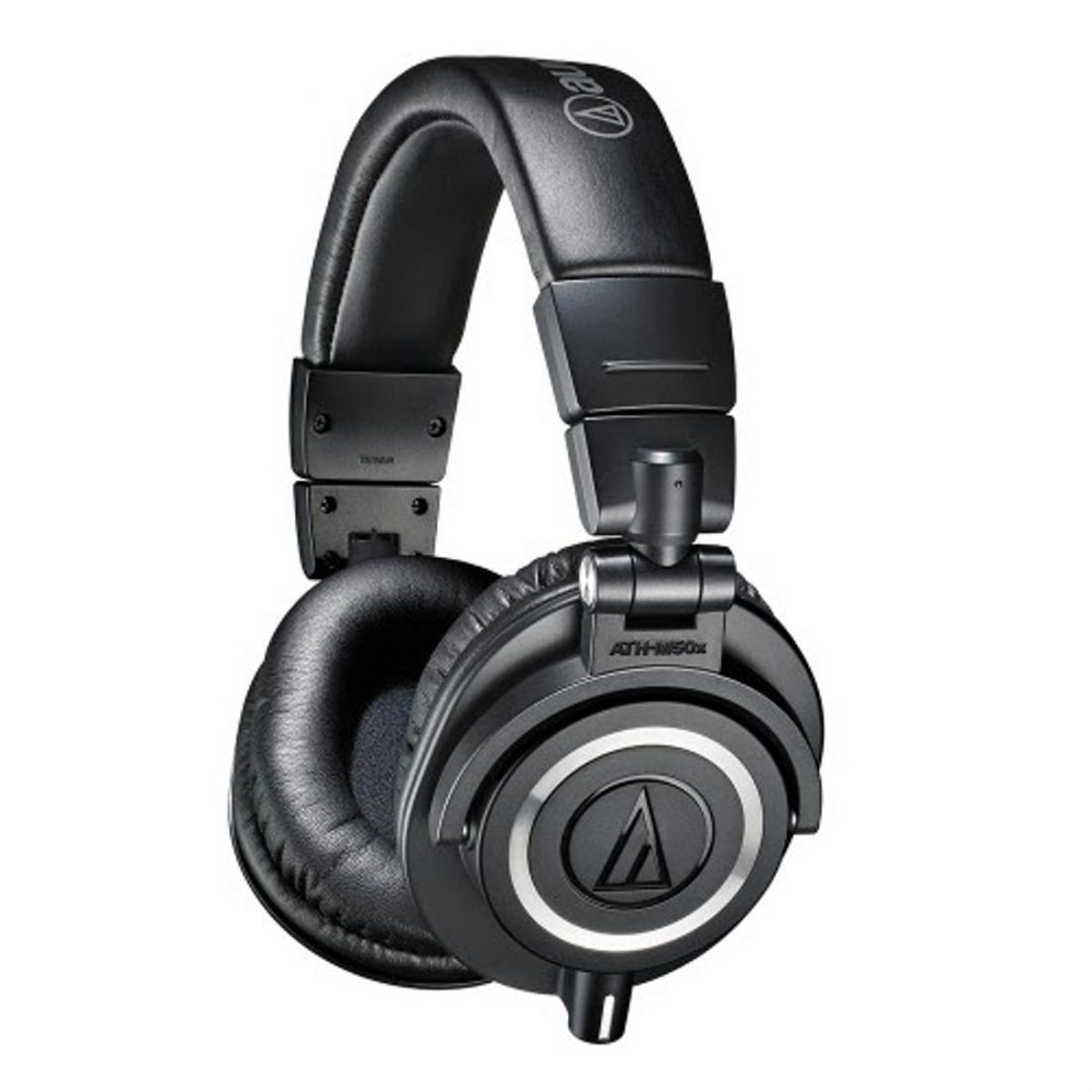
Take, for example, the ever-popular Audio Technica m50x (the monitor headphones we used in the graph above). The original model was released more than a decade ago — yet it still remains as one of the top recommendations to anyone looking for a pair of great-sounding headphones thanks to its exceptional clarity and accurate bass response.
Should you buy your own Studio Headphones?
It depends. If you’re someone who’s all for hearing the intricacies or a recording, exactly how the musicians and the producer intended it to, then a pair of studio headphones will suit you well.
But if you’re the type of listener who prefers the livelier vibe brought about by enhanced levels of bass — then you might want to skip this one.
But why choose one over the other? If you have the money to spend, investing in a pair of monitor headphones could be well worth it. Remember, not all types of music sound great using a pair of bass-rich headphones. Try listening to jazz, classical, rock, or vocal-heavy tracks on boosted-bass headphones and you’ll know what I mean.
Conclusion
Monitor headphones are for people who prefer hearing their music in a more accurate and detailed presentation. It might not be everyone’s cup of tea — but to the right person — it makes listening to their favorite tunes so much more enjoyable.
Have you ever used monitor headphones? What was it like? Do you prefer them over commercial-grade headphones? Let us know in the comments below.
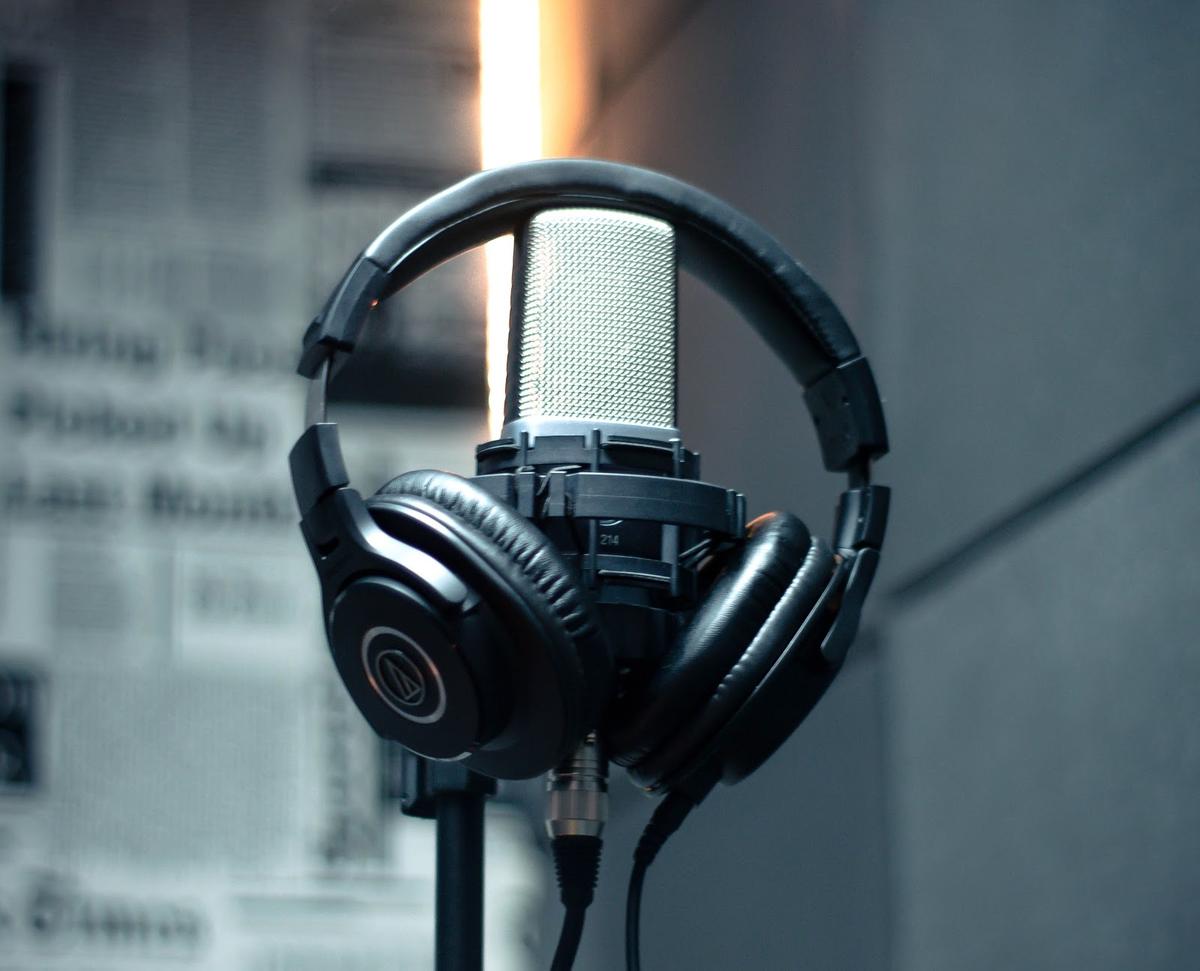
I bought a pair of Beyerdyamic DT 770 Pro 80 Ohm headphones and I’ve been listening to the clarity and Hi Fi quality of sound like never before.
I’m using Tidal for streaming MQA through a DAC.
It takes a bit of getting used to the flat sound but it’s so accurate and the seperation detail on well recorded tracks is superb. The headphones were half the price of my high resolution headphones. Had I known this before I would have bought them years ago!
When you listen to classical music, Beats is probably not the brand you would buy. You would in fact be interested in a flat frequency curve.
So, how do monitor headphones compare to expensive Hifi headphones for audiophiles?
When you listen to classical music, Beats is probably not the brand you would buy. You would in fact be interested in a flat frequency curve.You can just EQ it.
Monitor headphones are typically the closest you get to Hi-Fi (keyword here is “fidelity”). In Hi-Fi the very best possible sound would theoretically in all respects be equal to hearing the live performance of the artist and no better than this. On the other hand, audiophile headphones do not have this target (or limit, if you will) and may enhance certain qualities of the music in the name of entertainment. They may sound more exciting for club music, or more emotional for classical performances, etc. depending on what factors the maker chose to enhance. These terms are not universally accepted though, and many tend to interchange their meanings.
I’m very lost on a pair of headphones to get for my record player would these be a good fit? Are monitor headphones a good fit?
For me the best way to describe the lower frequency range in monitor headphones is that the bass sounds rich and full and not boomy. The mid and higher frequency sounds are crisp and clear not overly bright and exaggerated. I particularly appreciate the lower frequency balance in monitor headphones because i believe they provide more balanced realism not found in other types of headphones. As someone who is just starting out in audio content creation but has been somewhat of an audio enthusiast and audiophile most of my life as well as being born during an analog culture of audio creativity, monitor headphones are far more comfortable and sonicly rewarding than their consumer counterparts.